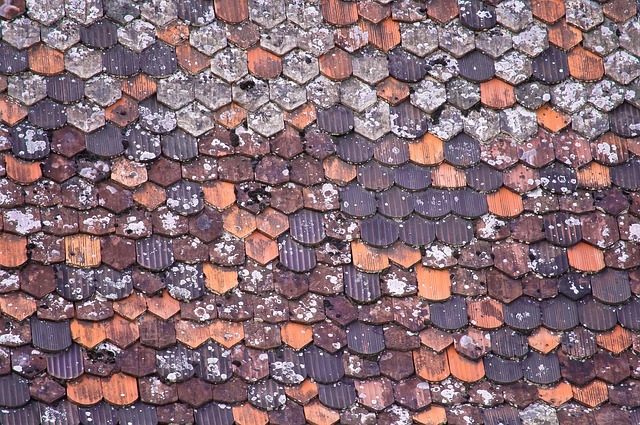Liquid-applied roof coatings revolutionize commercial roofing with superior durability and performance. They offer advanced protection against water intrusion, extreme weather, and UV radiation through flexible membranes sealed by silicone or synthetic polymers. Their ease of application minimizes business disruptions, enhances aesthetics, and provides a strategic investment for optimizing facilities' longevity and energy efficiency. With diverse types catering to specific needs, these coatings extend roof lifespans, reduce maintenance costs, enhance fire resistance, and simplify installation, making them an eco-friendly and cost-effective solution.
“Extend the lifespan of commercial roofs and enhance their durability with liquid-applied coatings—a revolutionary solution in roofing technology. This article delves into the benefits, types, and installation processes of these advanced coatings, offering a compelling alternative to traditional methods.
From understanding the science behind them to exploring environmental advantages, we uncover why liquid-applied roof coatings are transforming the industry. Discover how they can protect against water damage, improve energy efficiency, and reduce maintenance costs for years to come.”
- Understanding Liquid-Applied Roof Coatings
- Benefits of Using Advanced Coatings
- Types and Applications in Commercial Roofing
- Installation Process: Step-by-Step Guide
- Longevity: Comparisons with Traditional Methods
- Environmental Impact and Sustainability Advantages
Understanding Liquid-Applied Roof Coatings
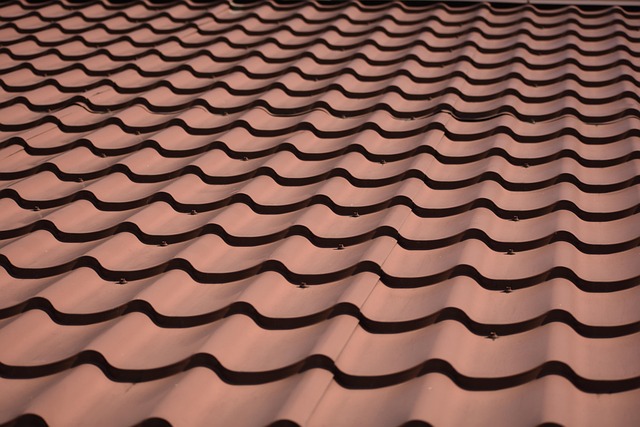
Liquid-applied roof coatings are a cutting-edge solution for extending the lifespan and enhancing the performance of commercial roofs. Unlike traditional roof covering materials, these innovative coatings are applied as a fluid that cures to form a durable, flexible membrane. This process allows for precise application, sealing seams and cracks, and providing excellent resistance against water penetration, extreme weather conditions, and UV radiation.
These advanced coatings, often incorporating ingredients like silicone or other synthetic polymers, offer superior adhesion and elasticity compared to bitumen-based systems. They can be applied in multiple thin layers, adding up to a thick, protective barrier that effectively prevents leaks and prolongs the roof’s overall service life. Moreover, liquid-applied roof coating systems are designed for easy application, minimizing disruption to business operations during installation, and contributing to faster turnaround times and reduced costs.
Benefits of Using Advanced Coatings
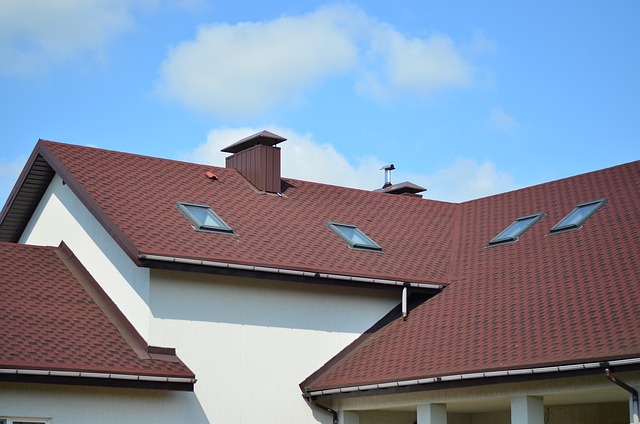
Liquid-applied roof coatings have revolutionized the way we maintain commercial roofs. One of their primary benefits is extending the life of the roofing system, which translates to significant cost savings for business owners and property managers. These advanced coatings create a protective barrier against harsh weather conditions, UV radiation, and other environmental factors that can degrade traditional roofing materials. By sealing out moisture and preventing leaks, they ensure the structural integrity of buildings, reducing the risk of costly repairs or replacements.
Furthermore, modern roof coatings offer superior durability and flexibility compared to conventional options. Silicone coatings, for instance, provide excellent resistance to extreme temperatures, making them ideal for regions with diverse climates. Roof coating systems also enhance the aesthetic appeal of commercial properties with their wide range of colors and finishes. They can even improve energy efficiency by reflecting sunlight, thereby reducing interior cooling costs. This multi-faceted approach makes liquid-applied roof coatings a smart investment for businesses seeking to optimize their facilities’ performance and longevity.
Types and Applications in Commercial Roofing
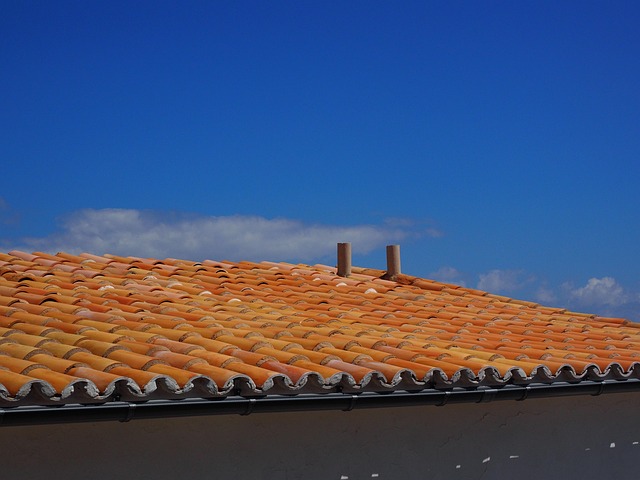
Liquid-applied roof coatings have revolutionized commercial roofing by offering a versatile and durable solution for various applications. These coatings come in different types designed to address specific needs, from protection against extreme weather conditions to enhanced energy efficiency. One common type is the rubberized roof coating, known for its superior elasticity and resistance to tears and punctures. It’s particularly effective for flat or low-sloped roofs.
Another popular option is silicone coatings, renowned for their exceptional water repellency and UV protection. These coatings not only extend the lifespan of commercial roofs but also improve their aesthetic appeal by providing a seamless, glossy finish. In addition to these, urethane coatings offer an excellent balance between durability and flexibility, making them suitable for both new installations and roof repairs. When it comes to applications, liquid-applied coatings are ideal for large, flat spans where traditional roofing materials might struggle, ensuring the integrity and longevity of commercial structures.
Installation Process: Step-by-Step Guide
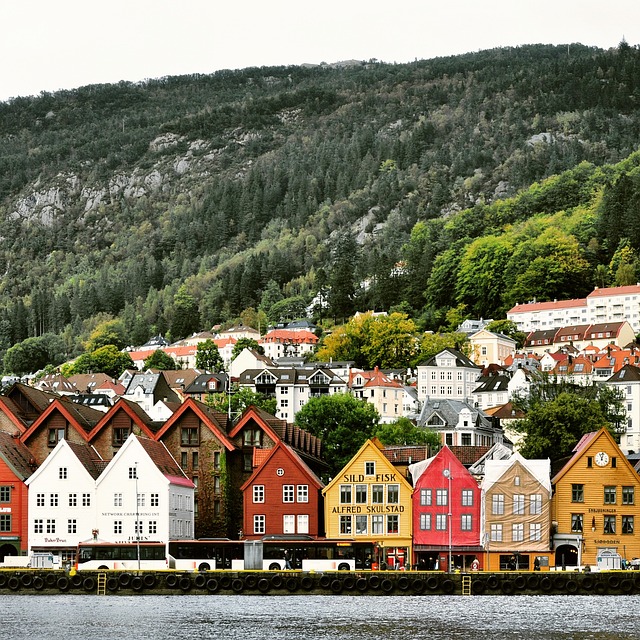
The installation process for liquid-applied roof coatings is both precise and effective, extending the lifespan of commercial roofs. It begins with thorough cleaning to ensure the surface is free from debris and contaminants. This step is crucial as it promotes better adhesion for the coating. Next, a primer is applied, acting as a bonding agent that prepares the roof for the primary liquid coating. The primer dries quickly, allowing for precise timing in the application process.
Once the primer is dry, the actual roof coating can commence. This involves careful mixing of components (if using a two-part system) and subsequent application via a specialized machine or brush. For optimal results, a uniform thickness should be maintained throughout. After the first coat dries, additional coats are applied in a methodical pattern to build up protection. The final step involves curing, where the sealant hardens, forming a durable barrier that shields against the elements, thus prolonging the roof’s overall durability and performance.
Longevity: Comparisons with Traditional Methods
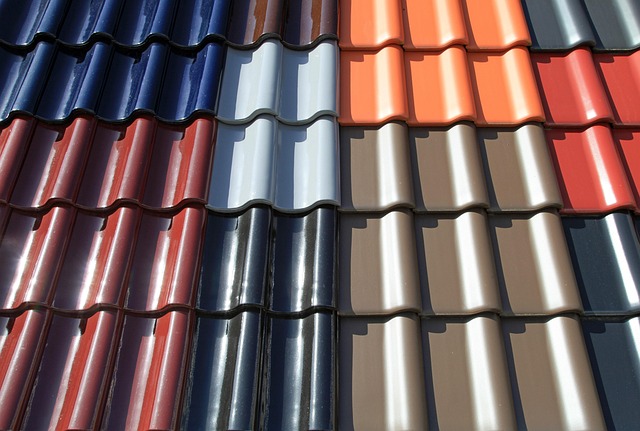
Liquid-applied roof coatings have revolutionized commercial roofing, offering a significant advantage over traditional methods. Unlike conventional roof coverings that may last for 15-20 years, these advanced coatings provide an extended lifespan, often exceeding 20 years with proper maintenance. This longevity is attributed to their unique properties; they create a flexible membrane that seals the roof surface, preventing water penetration and protecting against extreme weather conditions.
In comparison, traditional roofing systems rely on layers of materials like asphalt shingles or metal panels, which can deteriorate over time due to UV exposure, wind damage, or mold growth. A silicone coating or roof coating systems not only enhance durability but also provide better resistance to fire, corrosion, and aging. Moreover, their applicability as a single layer makes installation faster and more cost-effective, ensuring a seamless and robust protective barrier for commercial structures.
Environmental Impact and Sustainability Advantages
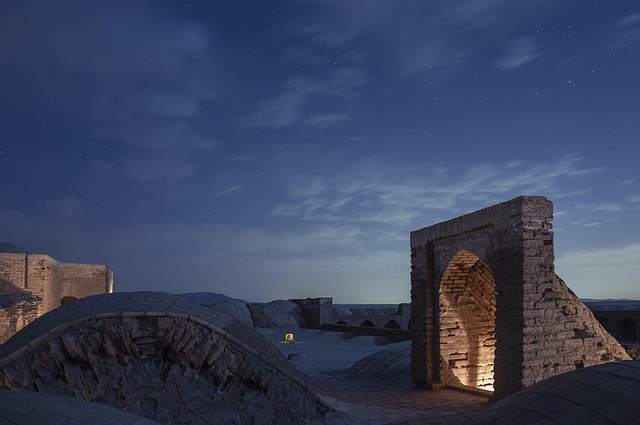
Liquid-applied roof coatings offer significant environmental benefits, aligning with the growing demand for sustainable construction practices. These advanced materials replace traditional, more harmful options, reducing the carbon footprint associated with roofing. By eliminating the need for frequent repairs and replacements, which often involve waste generation, liquid coatings extend the lifespan of commercial roofs, thereby minimizing disposal and production impacts.
Additionally, specific types like silicone coating provide excellent resistance to extreme weather conditions, including UV rays and temperature fluctuations. This longevity translates to less energy consumption and fewer resources required for maintenance. Incorporating these eco-friendly roof coatings and roof sealant solutions into commercial roofing practices is a step towards a greener future, showcasing a commitment to both structural integrity and environmental sustainability.
